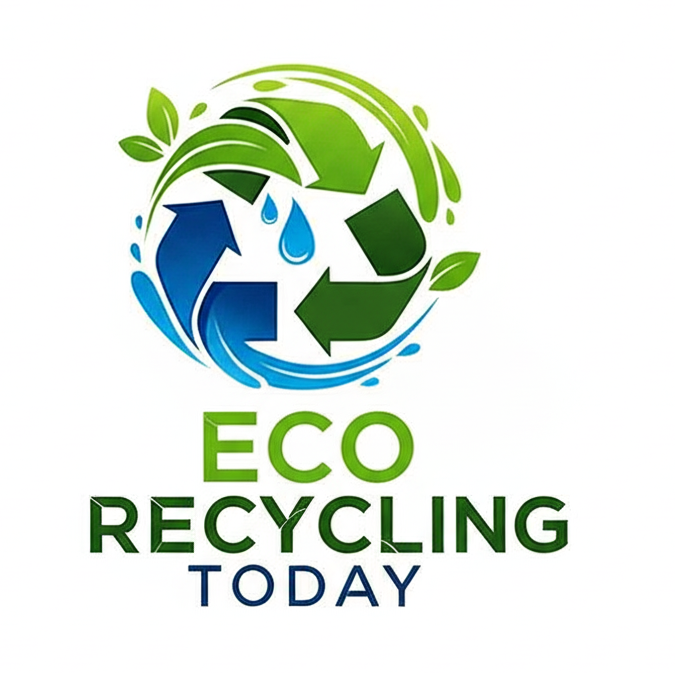Metal recycling has evolved from labor-intensive manual sorting to highly automated systems designed for speed, precision, and maximum material recovery. With global demand for recycled metal rising—driven by electric vehicles, renewable energy infrastructure, and green manufacturing—recycling facilities are investing heavily in advanced shredders, separators, and turnkey recycling systems to increase output and profitability.
In 2024, the global metal recycling market exceeds USD $250 billion, with scrap steel, aluminum, and copper accounting for the largest share. Modern equipment allows recyclers to process more material, reduce contamination, and meet strict environmental regulations, especially in the EU and North America. This guide explains the latest technologies, how each system works, and what equipment recyclers should invest in to scale operations.
1. Industrial Metal Shredders: Increasing Throughput from the First Step
Shredders are the backbone of metal recycling lines, breaking down scrap into manageable, uniform pieces for downstream sorting. Modern shredders are designed for high torque, low energy consumption, and long wear-part life.
Common shredder types in metal recycling:
| Shredder Type | Best For | Key Advantages |
|---|---|---|
| Dual-Shaft Shredder | Mixed scrap, aluminum profiles | High torque, low noise |
| Four-Shaft Shredder | Hard-to-shred materials | Precise size control |
| Hammer Mill / Rotorshear | End-of-life vehicles (ELVs), appliances | High throughput and uniform particle size |
Modern shredder features:
- Auto-reverse to prevent jamming
- Replaceable wear plates
- Hydraulic drives for stable torque
- Dust and noise control systems
- Smart monitoring for predictive maintenance
Result: 20%–40% higher throughput and lower downtime compared to older mechanical shredders.
2. Metal Separators: Precision Sorting for Maximum Purity
After shredding, separation determines your final product quality—and therefore your profit. The latest metal separation technologies can achieve up to 99% purity, even in complex scrap streams.
Core separation technologies:
| Separator | Function | Material Target |
|---|---|---|
| Magnetic Separator (Drum/Belt) | Removes ferrous metals | Iron & steel |
| Eddy Current Separator (ECS) | Separates non-ferrous metals | Aluminum, copper, brass |
| Sensor-Based Sorting (XRT, LIBS, NIR) | Identifies metals by density, color, or composition | High-value fractions |
| Air Separator (Zig-Zag & Aspirators) | Removes light contaminants | Plastics, dust, foam |
3. Turnkey Metal Recycling Systems: From Conveyor to Finished Product
Turnkey systems combine shredders, magnetic sorting, non-ferrous recovery, dust control, and AI-based sensors into a complete, automated recycling line.
A modern turnkey metal recycling plant usually includes:
- Feeding & conveyors
- Primary shredder
- Magnetic separation
- Eddy current separation
- Advanced sensor sorting
- Dust control & filtration
- PLC automation + intelligent monitoring
- Output balers or briquetting systems
Benefits for recyclers:
- 24/7 continuous operation
- Lower labor costs
- Faster ROI and higher yield
- Stable output meeting mill specifications
- Compliance with global environmental standards (EPR, WEEE, ELV Directive)
Turnkey systems are now widely used for:
- ELV car recycling
- WEEE/e-waste recycling
- Aluminum and copper recovery
- Municipal and industrial scrap
4. Market Trends: What’s Next in Metal Recycling Technology?
| Trend | Why It Matters |
|---|---|
| AI-based robotic sorting | Increases purity & replaces manual picking |
| Low-emission, energy-efficient motors | Reduces operating cost |
| Modular turnkey lines | Easier scaling from 1–20+ TPH |
| Battery & EV recycling integration | New profit stream |
Investing in advanced shredders, separators, and complete turnkey systems is now essential for recyclers competing in a fast-growing, high-standards global market. Modern automation boosts purity, throughput, and profit—while reducing labor and environmental impact.
FAQ
1. What type of shredder is best for mixed metal scrap?
For mixed and contaminated scrap streams, a dual-shaft or hammer mill shredder works best. Dual-shaft shredders provide strong torque for bulky materials, while hammer mills offer high throughput and uniform particle size, making downstream separation more efficient.
2. How do eddy current separators work in metal recycling?
Eddy current separators use a fast-rotating magnetic rotor to create an electrical current that repels non-ferrous metals like aluminum and copper. This causes the metals to “jump” forward, separating them from plastics and other non-conductive materials with high accuracy.
3. What purity level can modern metal recycling systems achieve?
With magnetic separation, eddy current systems, and sensor-based sorters (XRT, LIBS, or NIR), top recycling lines can reach 98–99% purity for non-ferrous fractions and nearly 100% recovery of ferrous metals.
4. Are turnkey metal recycling systems worth the investment?
Yes. Although turnkey systems require higher upfront investment, they offer faster ROI (12–36 months) due to higher throughput, reduced labor, increased metal purity, and consistent end-product quality that sells at premium prices.
5. What industries benefit most from advanced metal recycling equipment?
Industries handling constant metal waste streams benefit the most, including ELV recycling, e-waste/WEEE facilities, appliance dismantlers, scrap yards, foundries, and municipal recycling plants. These systems improve recovery and profitability while meeting global recycling regulations.
